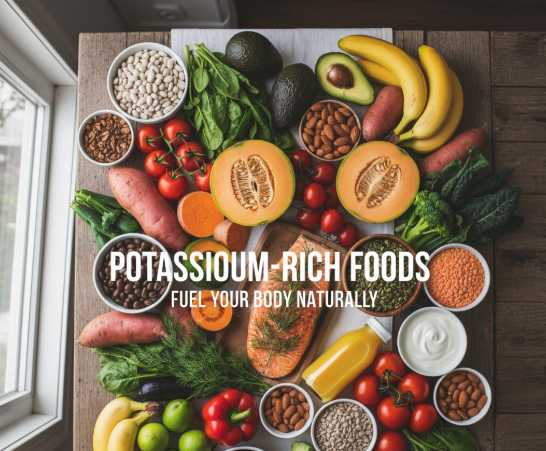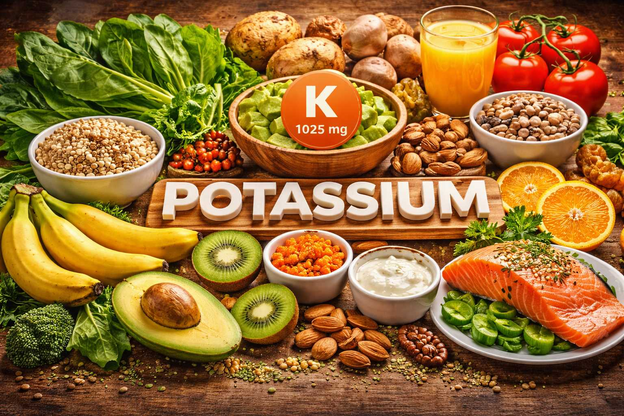Many opioid addictions begin with legitimate pain prescriptions that spiral out of control; those looking to understand this journey can click here for insights into how dependency takes hold and what can be done to break free.
From Prescription to Problem
Prescription opioids—oxycodone, hydrocodone, morphine—are invaluable for acute pain management but come with risks:
Tolerance: Patients may increase doses to combat diminished effects.
Physical Dependence: Even when used as prescribed, the body adapts and requires the drug to function normally.
Transition to Illicit Use: When prescriptions run out, some individuals turn to street opioids, facing unknown purity and contamination.
Neurobiology of Dependence
Chronic opioid exposure rewires reward pathways:
Dopamine Surges: Opioids trigger large, unnatural dopamine releases, reinforcing drug‑seeking behavior.
Receptor Downregulation: The brain reduces opioid receptor sensitivity, necessitating higher doses.
Withdrawal Circuitry: The locus coeruleus and autonomic centers become hyperactive when opioids are stopped, causing severe withdrawal symptoms.
Identifying the Signs
Early recognition can prompt intervention:
Cravings and Preoccupation: Persistent thoughts about the next dose.
Functional Decline: Neglecting responsibilities at work, school, or home.
Mood Dysregulation: Irritability, anxiety, and depression when not using.
Pathways to Recovery
Medical and Psychosocial Interventions
Medication‑Assisted Treatment (MAT): Stabilizes neurochemistry and curbs cravings.
Therapeutic Counseling: CBT and motivational interviewing address cognitive distortions and enhance motivation.
Structured Support
Peer Recovery Groups: Offer shared experience and accountability.
Family Involvement: Repairing relationships strengthens the support network.
Preventing Relapse
Relapse remains a risk; strategies include:
Trigger Management: Identifying people, places, and emotions that lead to use.
Continuing Care: Ongoing therapy, support group attendance, and periodic medication reviews.
Healthy Coping Mechanisms: Stress management through exercise, journaling, or creative outlets.
Conclusion
Opioid dependence often masquerades as legitimate pain management before escalating into a life‑threatening condition. By understanding the biological underpinnings and utilizing integrated strategies—medical, psychological, and peer‑supported—you can click here to explore how comprehensive treatment breaks the cycle and restores well‑being.




















